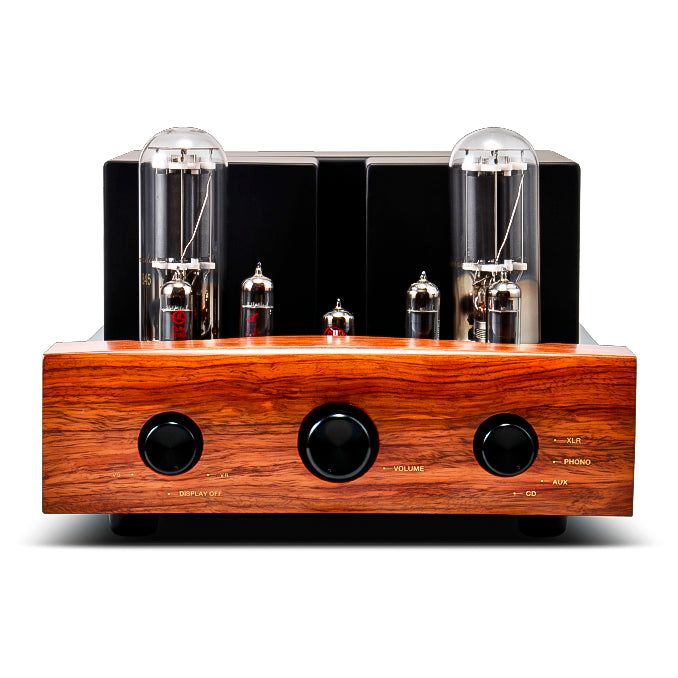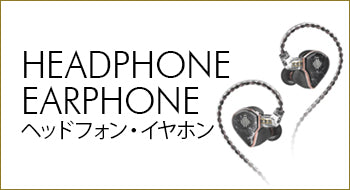What is a record disc?
The record fever has been reviving little by little for a few years.
Sony and Denon sell new record players and release vinyl records.
So, many of you may be thinking about listening to records again.
It is popular for young people to look good on Instagram records, but this is a good way to buy record jackets!
Some people listen to music on CDs, but I think there are many people who are now incorporating CD sound sources into their computers, smartphones, portable audio players, etc. According to current statistics, more than 80% of music listeners listen to music downloads or Internet streaming using WiFi. There are even true stories of teenagers who don't even know about CDs, let alone records, and even lie that they learned about the existence of CDs for the first time and were moved by the fact that they could listen to music without a WiFi connection lol.
On the other hand, the existence of records is growing, as it takes a lot of time and effort to listen to music. I think that the appeal of music listened to while looking at large jackets and lyric cards is higher than listening to music on streaming compared to listening to music on streaming, and the more effort it takes to listen to it, the mindset of "let's listen to it," and the setup work.
In addition, the number of records on the new record is known, but if it is a used item, you can easily get a variety of records from cheap items of a few hundred yen to rare items that are traded at high prices at specialty stores and on the Internet, and you can listen to old music recorded decades ago on records of the time, and full-color jackets from the 50s and 60s are also attractive today.

When comparing sound quality with records and CDs, records can theoretically record all frequency bands of original sound sources picked up by a microphone. In contrast, CDs were a groundbreaking medium that eliminated the drawbacks of records such as noise and uneven rotation. On the other hand, the playback frequency characteristics of CDs are recorded only at 20Hz to 20kHz, within the human audible range, and CDs are also digitally converted to a fairly rough digital format to accommodate the sound source data on a single disc when converting the original sound source to digital, resulting in information loss. Looking at the sound waveform, it has a jagged curve, but the sound waveform of the record has a smooth, jagged, with no information missing, and records have an analog sound that is better than CDs.
Furthermore, while CDs simply cut off sounds other than the playback frequency band because they cannot be heard, records slowly decay, so even if they can't listen, they don't have any unnaturalness as a whole, and the record is also excellent in that they have a very natural listening experience.
Also, even with the same sound source, the dynamic range between CDs and records is completely different, so mastering is often done separately, and CDs are often mastered to give a clear, clear, and digital sound with a clear, crisp sound, while records that are easily distorted at high volumes are often mastered to allow smooth, natural sounds.
Considering that high-resolution audio sources, which have become so popular, are technology that incorporate a wide frequency band and uses a huge amount of music information, and that they try to bring jagged digital waveforms closer to the smoothest analog waveforms, you can see how excellent records are.
According to the standard, high-pitched sounds exceeding 20kHz are cut off, but in comparison, high-resolution sound sources record sounds above 40kHz, and the sampling rate (how much smoothing of audio data per second) is from 44.1kHz on CDs, and 96kHz on high-resolution sound sources, which is more than twice that of 96kHz. Compared to CDs, this rela makes the sound smoother and more natural, and the smoother, more expressive reproduction is reproduced in detail, making it much closer to the record.
Replacing the above with photos, film photos (records) have very fine grains and excellent granularity, making them very smooth, early digital cameras and photos (CDs) have very low resolution (granulation) and poor photographs, while current digital cameras (high resolution) have very high resolution and are very beautiful, almost the same as film photos.
Photos can be used to greatly affect the quality of the photo depending on the camera, lens, lighting used, and now the smartphone app is used to make the photo look very different depending on the peripheral accessories, including the cartridge (record needle) of the record player, and the phono equalizer amplifier that produces sound from the record player, so the fun of analog music is that you can combine these devices to enjoy a variety of sounds.
Record cartridge
Records involve dropping needles into the grooves of records to pick up sounds recorded in the grooves, but there is a wide variety of record cartridges, from easy-to-use, inexpensive, to expensive, high-priced, eye-catching record cartridges that pick up the sound.

There are two main types of cartridges: MM type and MC type. The MM type is officially called the Moving Magnet method, and the MC type is called the Moving Coil method. The difference between the two is the power generation method used by record needles to read. The tip of the needle captures the mechanical vibrations engraved on the record. The difference in how this is seen is that the MM type is the one that moves and catches the magnet, while the MC type is the one that moves and catches the coil. Furthermore, the sound varies considerably from product to product, even for each type.
The MM type cartridge is suitable for introductory classes. Because the output is high, if the amplifier has a phono input, you can connect the record terminal to enjoy watching records. On the other hand, the MC type has better response and wider range and more colorful sound than the MM type, but it has a complex structure that allows coils to be inserted into small cartridges, and the output is weak, so many cartridges are of a higher class, including how to use, such as using a booster transformer.
カートリッジのページはこちら
https://www.exclusive-audio.jp/shop/products/list.php?category_id=27
Click here for the MC boost transformer page
https://www.exclusive-audio.jp/shop/products/list.php?category_id=26

Head shell
The headshell is the part where you attach and support the cartridge. This head shell comes in a variety of materials and types, from wood to metal to carbon, and has a variety of characteristics. It mainly relates to resonance and vibration, so it is an important part that is hard to underestimate. This is a recommended part because it is relatively inexpensive to get it and is also a fun-looking item.
Headshell page is here
https://www.exclusive-audio.jp/shop/products/list.php?category_id=65

Lead wire
The lead wires are responsible for transmitting audio signals from the cartridge via the head shell. There are a wide variety of short four wires, and there are various lead wires that match your favorite music genre, from those made with precious metals such as silver and gold to those made with wires made decades ago.
The lead wire page is here
https://www.exclusive-audio.jp/shop/products/list.php?category_id=66

To enjoy watching records, you can use different cartridges, head shells, and lead wires for each music genre you listen to. I think the reason you can do that is a way of enjoying it that digital audio sources don't have.
Records are able to face music more thoroughly than digital sound sources, as much as it takes time to produce sounds, and they probably have the power to enhance the hearts of listeners.

























